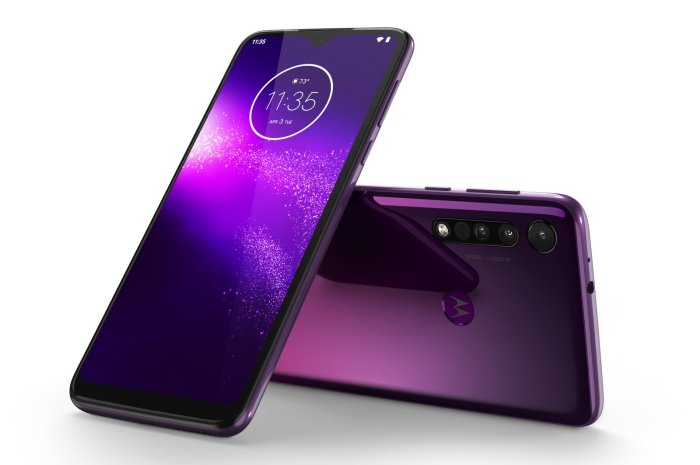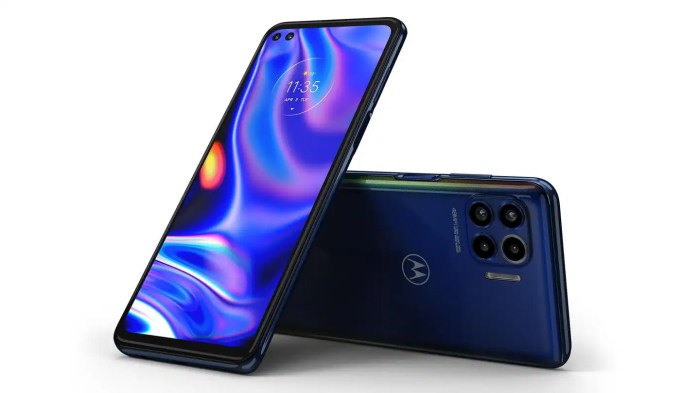Low-End Handset Market Analysis
The low-end handset market, encompassing smartphones priced under $200, is a significant segment within the global mobile device landscape. It caters to a vast consumer base seeking affordable communication and internet access. This market segment is characterized by intense competition and rapid technological advancements, making it a dynamic and evolving space.
Key Competitors in the Low-End Handset Market
Several prominent players compete fiercely in the low-end handset market, vying for market share and customer loyalty. These key competitors include:
- Transsion Holdings: A leading player in emerging markets, Transsion owns brands like Tecno, Infinix, and Itel, known for their affordable and feature-rich devices.
- Xiaomi: This Chinese tech giant has established a strong presence in the low-end segment with its Redmi series, offering competitive specifications and attractive pricing.
- Samsung: While primarily known for its premium flagship devices, Samsung also offers a range of budget-friendly smartphones under its Galaxy A and M series.
- Realme: This emerging brand, a spin-off from Oppo, has quickly gained popularity in the low-end market with its value-for-money offerings.
- HMD Global (Nokia): Nokia, once a dominant player in the mobile phone market, has re-entered the scene with affordable Android smartphones, leveraging its brand recognition.
Factors Driving Demand for Low-Cost Smartphones
The demand for low-cost smartphones is driven by several factors, including:
- Growing Smartphone Penetration: As smartphone penetration increases in emerging markets, particularly in Asia, Africa, and Latin America, affordability becomes a crucial factor for many consumers.
- Rising Internet Usage: The surge in internet usage, fueled by social media, online entertainment, and e-commerce, has created a demand for devices that provide internet access, even at lower price points.
- Affordable Connectivity: The availability of affordable mobile data plans and prepaid services has further boosted the demand for low-cost smartphones, making them accessible to a wider audience.
- Value-for-Money Offerings: Low-end smartphone manufacturers have successfully positioned their devices as value-for-money propositions, offering basic functionalities at competitive prices.
- Technological Advancements: Advancements in technology, particularly in processor performance and camera capabilities, have enabled manufacturers to offer feature-rich devices at lower price points.
Wearable Device Market Outlook: Motorola Promises New Low End Handsets And Wearable Devices
The global wearable device market is experiencing a period of significant growth, driven by factors such as increasing consumer awareness, technological advancements, and the growing adoption of smart devices. This market encompasses a wide range of devices, including smartwatches, fitness trackers, smart glasses, and hearables, each catering to specific needs and preferences.
Key Trends Shaping the Wearable Device Landscape
The wearable device market is characterized by several key trends that are shaping its future. These trends include:
- Integration with Smartphones and IoT: Wearable devices are increasingly becoming integrated with smartphones and the Internet of Things (IoT), enabling seamless data sharing and enhanced functionality. For example, smartwatches can now control smart home devices, receive notifications from smartphones, and track fitness data, providing a more connected experience.
- Focus on Health and Wellness: Wearable devices are playing a crucial role in promoting health and wellness, with features like heart rate monitoring, sleep tracking, and activity tracking becoming increasingly popular. This trend is fueled by the growing awareness of personal health and the desire for self-monitoring tools.
- Advanced Sensors and Technologies: Wearable devices are incorporating advanced sensors and technologies, such as ECG monitoring, blood oxygen level measurement, and fall detection, expanding their capabilities and providing valuable insights into user health.
- Personalized Experiences: Wearable device manufacturers are focusing on delivering personalized experiences, tailoring features and functionalities to individual user needs and preferences. This trend is driven by the desire for customized solutions that cater to specific lifestyle choices and health goals.
- Increased Affordability: The wearable device market is witnessing a trend toward increased affordability, with manufacturers offering a wider range of price points to cater to diverse budgets. This trend is making wearable devices more accessible to a broader consumer base.
Potential Growth Areas within the Wearable Device Market, Motorola promises new low end handsets and wearable devices
The wearable device market presents several potential growth areas, driven by emerging technologies and changing consumer demands. These areas include:
- Augmented Reality (AR) and Virtual Reality (VR): Wearable devices incorporating AR and VR technologies have the potential to revolutionize various industries, including gaming, entertainment, education, and healthcare. For example, AR glasses can overlay digital information onto the real world, enhancing user experiences in various applications.
- Smart Clothing and Wearable Sensors: The integration of smart sensors and electronics into clothing is opening up new possibilities for wearable devices. Smart clothing can monitor vital signs, track fitness data, and even provide personalized feedback, creating a more seamless and integrated health and wellness experience.
- Biometric Monitoring and Health Tracking: Wearable devices are becoming increasingly sophisticated in their ability to monitor and track biometric data, providing valuable insights into user health and well-being. This trend is driving the development of wearable devices for medical applications, such as remote patient monitoring and disease management.
- Wearable Payment Solutions: Wearable devices are being integrated with payment solutions, enabling users to make purchases using their wristwatches or fitness trackers. This trend is driven by the convenience and security of contactless payments and the increasing adoption of wearable devices.
Motorola’s New Handset Offerings
Motorola is stepping up its game in the low-end handset market with a series of new devices that promise to deliver a compelling combination of affordability and essential features. These new models are strategically designed to cater to a diverse audience, from budget-conscious consumers to those seeking reliable communication tools without breaking the bank.
Key Features and Specifications
Motorola’s new low-end handsets are designed to provide a balanced mix of functionality and value. They are expected to feature:
- Large, high-resolution displays for immersive viewing experiences.
- Powerful processors for smooth multitasking and everyday performance.
- Long-lasting batteries for extended usage time.
- Advanced camera systems for capturing high-quality photos and videos.
- Dual SIM support for greater flexibility and convenience.
- Fast charging capabilities for quick top-ups.
- Access to the latest Android operating system for a smooth and intuitive user experience.
These features are expected to be tailored across different models, offering a range of options to meet diverse needs and preferences.
Comparison with Existing Models
The new Motorola handsets are expected to be positioned competitively within the low-end market. They are likely to offer significant improvements over previous models in terms of performance, features, and design. For example, the new handsets might boast faster processors, larger displays, and improved camera capabilities compared to their predecessors.
Target Audience
Motorola’s new low-end handsets are targeting a wide range of consumers, including:
- Budget-conscious individuals: These handsets are designed to provide essential smartphone features at an affordable price point.
- First-time smartphone users: The intuitive user interface and essential features make these handsets an ideal choice for individuals making the transition from feature phones to smartphones.
- Consumers seeking reliable communication tools: These handsets offer robust communication features, including voice calling, messaging, and data connectivity, making them suitable for individuals who prioritize reliable communication.
- Students and young professionals: The affordability and essential features make these handsets a practical choice for students and young professionals on a budget.
By offering a compelling mix of affordability, performance, and features, Motorola aims to capture a significant share of the low-end handset market.
Impact on the Mobile Industry
Motorola’s new strategy of focusing on low-end handsets and wearable devices could have a significant impact on the overall mobile industry. By targeting a broader market with more affordable options, Motorola could disrupt the existing landscape and challenge established players.
Implications for Other Smartphone Manufacturers
The move by Motorola could force other smartphone manufacturers to adjust their strategies. Companies like Samsung, Apple, and Xiaomi, who have traditionally dominated the premium segment, might be compelled to offer more competitive pricing in the lower-end market to remain competitive. This could lead to a price war, potentially impacting their profit margins.
Motorola promises new low end handsets and wearable devices – Motorola’s foray into the low-end handset and wearable device markets is a bold move that could redefine its position in the mobile industry. By embracing affordability and innovation, Motorola is poised to attract a new wave of tech-savvy consumers.
Motorola’s focus on affordable tech is a breath of fresh air, especially as they promise new low-end handsets and wearable devices. This comes at a time when the tech world is buzzing about the arrival of “Beam” on Windows 10 and Xbox One this winter, a new streaming service that promises to revolutionize gaming and entertainment. Whether Motorola’s new devices will leverage this new platform remains to be seen, but it’s clear that they’re positioning themselves to capture a wider market with their budget-friendly offerings.
 Standi Techno News
Standi Techno News

